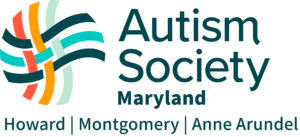By Suzanne Whitney, Research Editor, Wrightslaw
In this article, you’ll learn about requirements in the Individuals with Disabilities Education Act and the No Child Left Behind Act for your child’s involvement in and progress in the general education curriculum.
You’ll learn about the requirement that schools provide children with special education and related services so they can meet the high expecations and goals established for children who are not disabled.
Finally, you’ll learn how to get your state’s academic standards and how to use these standards to develop your child’s IEP.
No Child Left Behind Act (NCLB)
In 2001, when Congress reauthorized the Elementary and Secondary Education Act (and renamed it the “No Child Left Behind Act”), they described the purpose of the No Child Left Behind Act as follows:
“The purpose of this title is to ensure that all children have a fair, equal, and significant opportunity to obtain a high-quality education and reach, at a minimum, proficiency on challenging state academic achievement standards and state academic assesssments. (emphasis added) This purpose can be accomplished by … meeting the educational needs of low-achieving children … [including] children with disabilities.” 20 U.S.C. § 6301 (See Statement of Purpose on pages 137-138 of Wrightslaw: No Child Left Behind)
For children with disabilities who receive services under the Individuals with Disabilities Education Act and have an Individualized Education Program (IEP), NCLB requires that the child will receive “reasonable adaptations and accommodations for students with disabilities … necessary to measure the academic achievement of such students relative to State academic content and State student academic achievement standards.”
Read more. Wrightslaw.



























